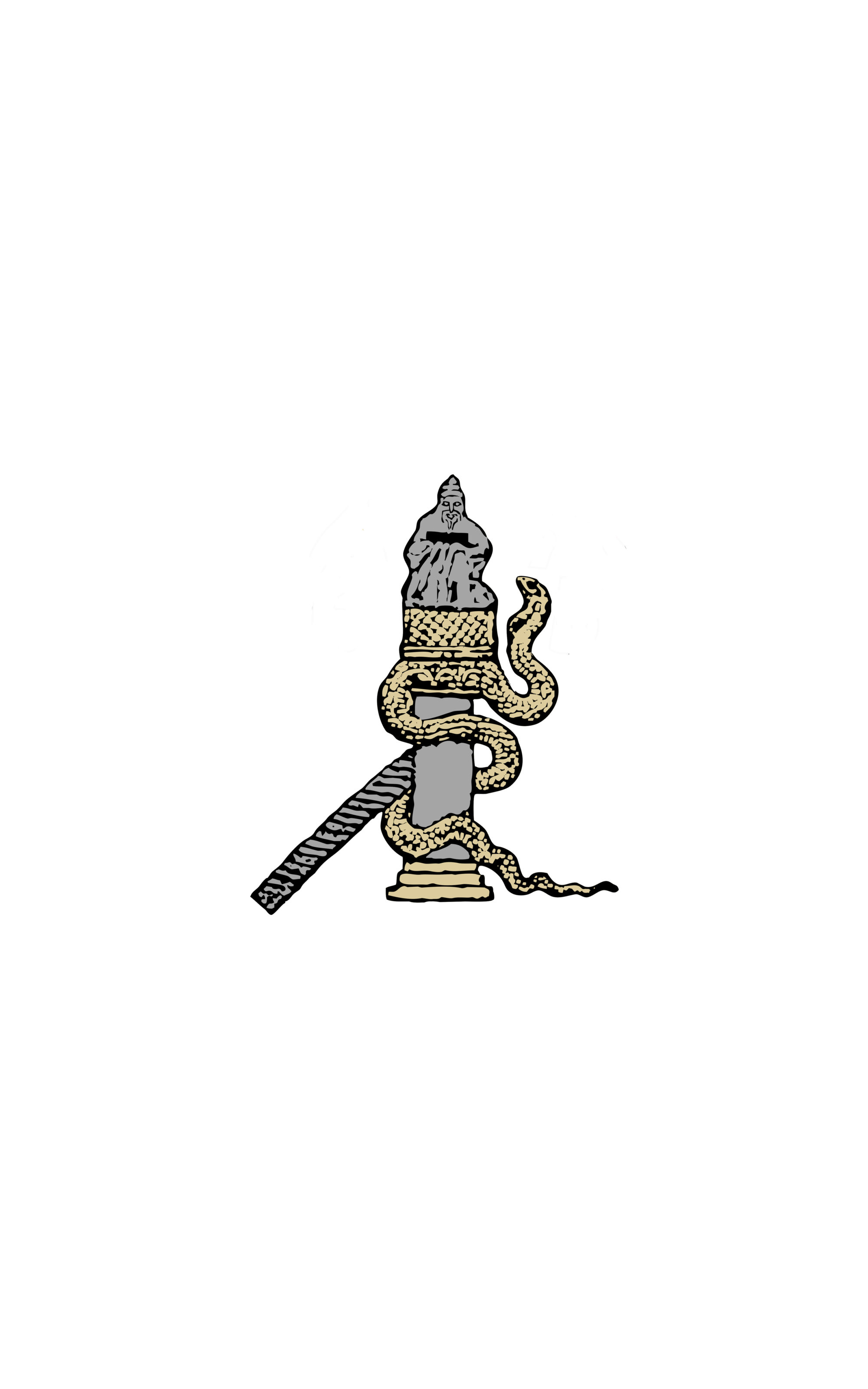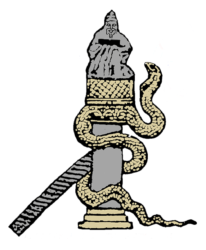Behind the bishop’s back
Presbyters, deacons, and the lower clergy in Late Antiquity
At the forthcoming International Congress on Medieval Studies in Kalamazoo (10-13 May 2018) the Presbyters in the Late Antique West project is organising a session on the role of the lower and middle clergy in the ecclesiastical and social life of the late antique West. In spite of the continuous development of studies on the religious history of Late Antiquity, the research on the development and function of clergy seems surprisingly underdeveloped and the scholarly interest in this group has been hitherto focused mostly on bishops (Rapp 2005). This, of course, is understandable. The impact of bishops on ecclesiastical politics, doctrine, and Christian literature was more important than that of the lower echelons of the clergy. Moreover, bishops are much better represented in the evidence. But by the end of the 7th century in several parts of Christendom, the bishop had become a rather distant figure and most people could have been in day-to-day contact only with presbyters, deacons, and lower clerics, who were the rank and file of the Church hierarchy. A trail of research on these people has been already blazed by scholars focusing on specific regions of the Christian world (Wipszycka 1972 and 1996, Rebillard/Sotinel 1998, Godding 2001, Hübner 2005, Patzold/van Rhijn 2016). A number of questions, however, remain unanswered or even unasked. Thus far, we can say very little with a sufficient degree of certainty on the position of clerics in the local community, their social background, property and sources of income, their lodgings, professional (and non-ecclesiastical) activities, the connections between them and the rest of society and the barriers which set them apart from other people. Even their functions in liturgy remain obscure. The estimations of their number are largely intuitive, and their role is often judged on the basis of well-known, but fairly untypical examples.
This session will be sponsored by the Presbyters in the Late Antique West project, based at the University of Warsaw (https://projectpresbyters.wordpress.com). It will seek to answer questions concerning the role and activity of clerics in four areas: ecclesiastical, social, economic, and in the field of mentality. We welcome papers dealing with any of the aspects named above in a broad geographical perspective covering all the regions of late antique Christendom in the period until the year 700.
Those interested in presenting paper at this session are requested to send title and short abstract (100 words) to Robert Wiśniewski (r.wisniewski@uw.edu.pl) before 15 September. Please note that the project, sadly, cannot cover conference fee and travel expenses.

